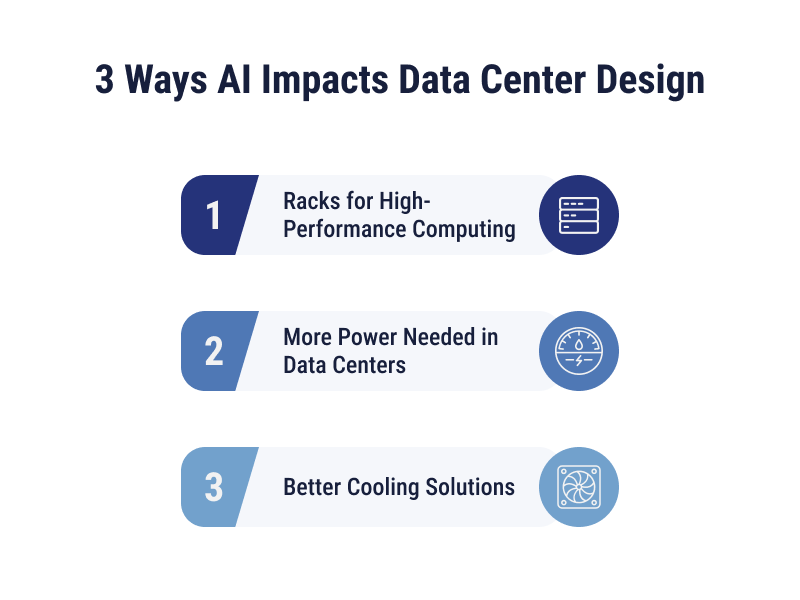Dennis Nolasco | How do I use AI and protect the environment...
Have you ever wondered about the environmental impact of using Artificial Intelligence (AI)? With the increasing popularity of generative AI tools like ChatGPT, Microsoft’s Copilot, Google’s Gemini, and Meta AI, it's essential to consider how these technologies are affecting the planet. While AI offers numerous conveniences such as helping with homework, creating images, and answering questions, it also comes with a significant ecological cost.

The Dark Side of AI
Despite the benefits of AI, there is a darker side to its rise. From deep fake videos to the rapid spread of misinformation, the negative implications of AI are evident. Additionally, the excessive resource consumption of AI is a growing concern. Data centers that power AI tools require vast amounts of water and electricity to function, contributing to the ecological crisis.
The Environmental Consequences
According to a Harvard study, a significant number of teenagers use generative AI for various purposes, including cheating on assignments. However, the environmental impact of AI is undeniable. A single query using ChatGPT consumes ten times more electricity than a Google search. As the demand for AI continues to grow, so does its resource consumption, leading to a 160% increase in data center power demand by 2030.

Emotional Toll on Students
Younger generations, particularly students, are emotionally affected by climate change. The use of AI tools that contribute to the environmental crisis can create a sense of conflict among students. While AI offers immediate benefits academically, its long-term consequences on the planet raise ethical questions.
Transitioning to Renewable Energy
To mitigate AI's environmental impact, transitioning data centers to renewable energy sources is crucial. While challenges exist in terms of infrastructure and land use, advancements in renewable technology offer promising solutions. The decreasing costs of solar and wind energy make powering data centers sustainably increasingly practical.
Sustainable Solutions for the Future

As the demand for AI continues to rise, a collective responsibility towards the environment is paramount. By integrating AI responsibly and transitioning to renewable energy, we can support technological innovation without compromising the health of our planet. Initiatives like Earth Day 2025's theme, 'Our Power, Our Planet,' advocate for a triple increase in renewable energy generation by 2030.

Join us in demanding #RenewableEnergyNow by signing the Our Power, Our Planet Renewable Energy Petition, urging global leaders to prioritize renewable energy for a sustainable future.




















